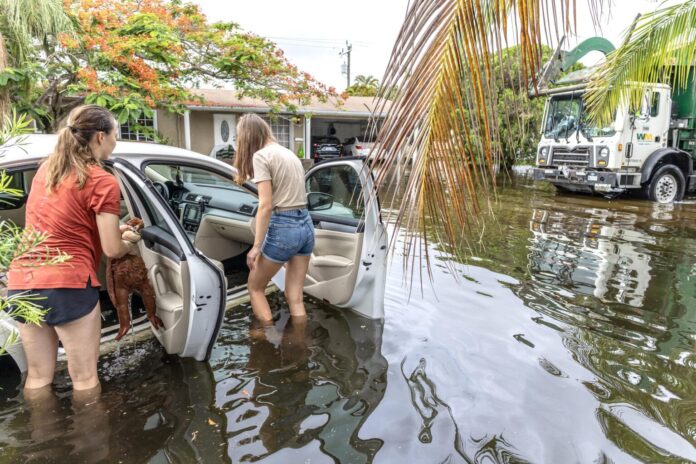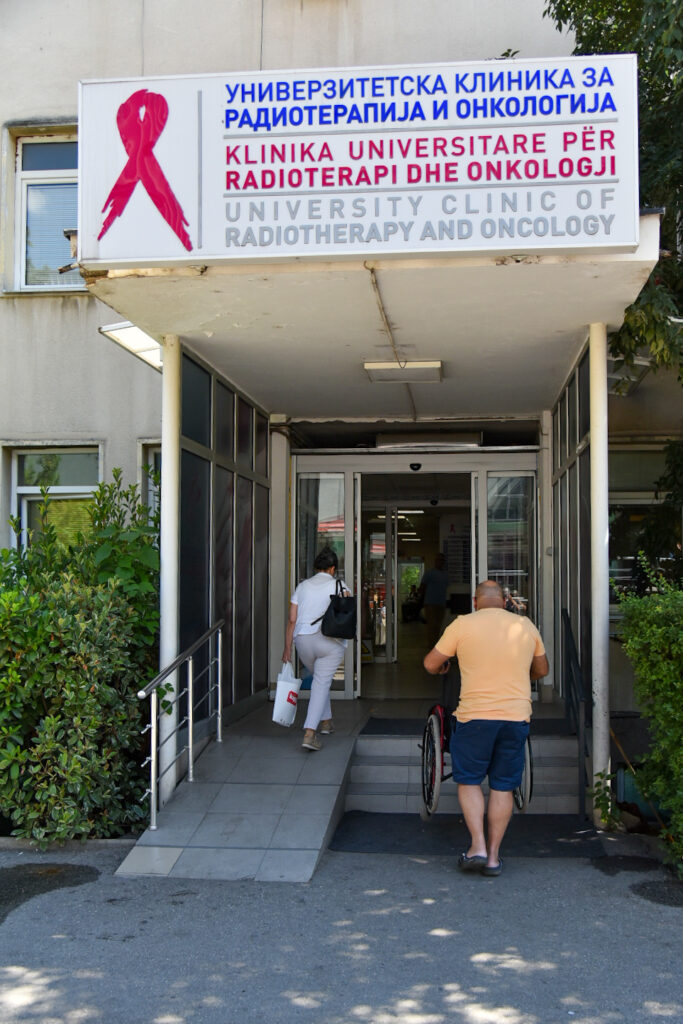How do climate change affect the cost of living?

The cost of housing around the world is growing, and climate change disasters only deteriorate the situation. Could urban planning and risk reduction could help?
How do climate change affect the cost of living?
For months after deadly fires in Los Angeles earlier this year, rising prices after the disaster has led California authorities to take measures against real estate owners. But the dizzy rise in housing prices in cities that have recovered from the crippling climate disaster has become a scheme. And that scheme emphasizes the existing global crisis in housing. Under the influence of widespread urbanization, real estate investment companies, as well as inflation and huge costs of construction, accommodation has become unavailable to many around the world.
– It is not a specific rural issue or an urban issue, nor a question of homeowners or renters. There is a kind of common experience where prices of homes and rents have continued to rise much faster than revenue – says Sarah McTaragan, an urban institute researcher, an American analytical center focused on social policy. It is also a problem without geographical restrictions. Half of the cities with the fastest growing rents in the world are in the global south.
Escape from high -risk areas encourages inequality
The problem complicates extreme weather events and natural disasters such as hurricanes, floods and fires, which become more intense and more common as people continue to burn fossil fuels.
Such disasters change the attraction of settlements in the regions at risk. In coastal cities like Miami, the threat of hurricanes means that real estate speculators shift their eyes away from coast properties, as sea levels increase as a result of warming global temperatures.
« You have high -income people in low -cost coastal areas, which are vulnerable to floods and are now turning to areas with higher altitude, » said Zac Taylor, climate finance expert at Delft University in the Netherlands. And this change in investment models, he added, « displaces those existing low -income inhabitants. »
While coast properties in neighborhoods like Miami Beach remain popular, prices in lower -income areas, such as Little Haiti, rise faster than the rest of the city. Miami’s real estate at higher altitudes are one of the fastest growing in the United States. Experts call this « climate gentification ».
-I was talking to real estate investors who told me that yes, they are now thinking about altitude when buying long -term development property. So, we know that the pressure from displacing those communities to some extent is intensified by climate concerns – said Taylor.
After the disaster, housing becomes even more expensive
When disasters occur, they can erode the available housing fund and exert short -term pressure on the rental offer – sometimes in completely different cities. Deadly fires in Los Angeles in January destroyed 16,000 buildings, many of which were homes, immediately influencing what was already one of the most expensive housing markets in the country.
In New Orleans, apartment prices jumped 33 percent after Hurricane Katrina in 2005. The storm caused damage of $ 125 billion (114 billion euros) and killed 1,392 people. And the cost of housing in Puerto Rico rose 22 percent after Hurricane Maria struck in 2017. Maria remains the deadliest hurricane in recent US history, killing nearly 3,000 people alone in Puerto Rico and causing about $ 90 billion in damage. Efforts to rebuild, reconstruction and radical prices after disaster have changed entire neighborhoods.
Insurance costs for more than 1.2 billion people around the world, which are very vulnerable to at least one critical climate danger, also rises drastically. In the United States, annual average premiums for home owners have almost increased by three times from $ 536 to $ 1,411 between 2001 and 2021, mainly due to the increased risk of disaster -related disasters.
In Germany, where floods are becoming increasingly common, home insurance premiums are predictable and are expected to double in the next decade. In Australia – often hit by fires and floods – 15 percent of households experience « stress from the availability of home insurance », which means they pay more than four weeks of their annual premiums.
Providing availability and resistance to climate change
McTaragan claims that more residential space will help tackle increased demand after the disaster. This flexibility would help people affected by disaster to benefit from « an increased offer of housing that can better adjust the changes and the surge that comes with disasters, » she said.
The expansion of the housing fund would also generally provide more options for renters and homeowners, helping in the wider crisis with the availability of housing. However, climate change is unique challenges that cannot only be resolved through an abundance of offer.
City planning that highlights moving the housing density to low -risk areas could help. In addition, the renovation of climate change, such as fire -fighting roofs or solid compresses in region -prone and typhoons, can help protect against disaster.
Zack Taylor argues that reducing the risk must be seen as part of a wider social approach to the availability of housing and climate change dealing.
– We need a clearer vision of the society in which we want to live. What do we want to protect and what to invest? How important is safe and accessible housing? We need to think about this if we want to redesign our institutions to deal with these risks – he said.

 The cost of housing around the world is growing, and climate change disasters only deteriorate the situation. Could urban planning and risk reduction could help?
The cost of housing around the world is growing, and climate change disasters only deteriorate the situation. Could urban planning and risk reduction could help?



